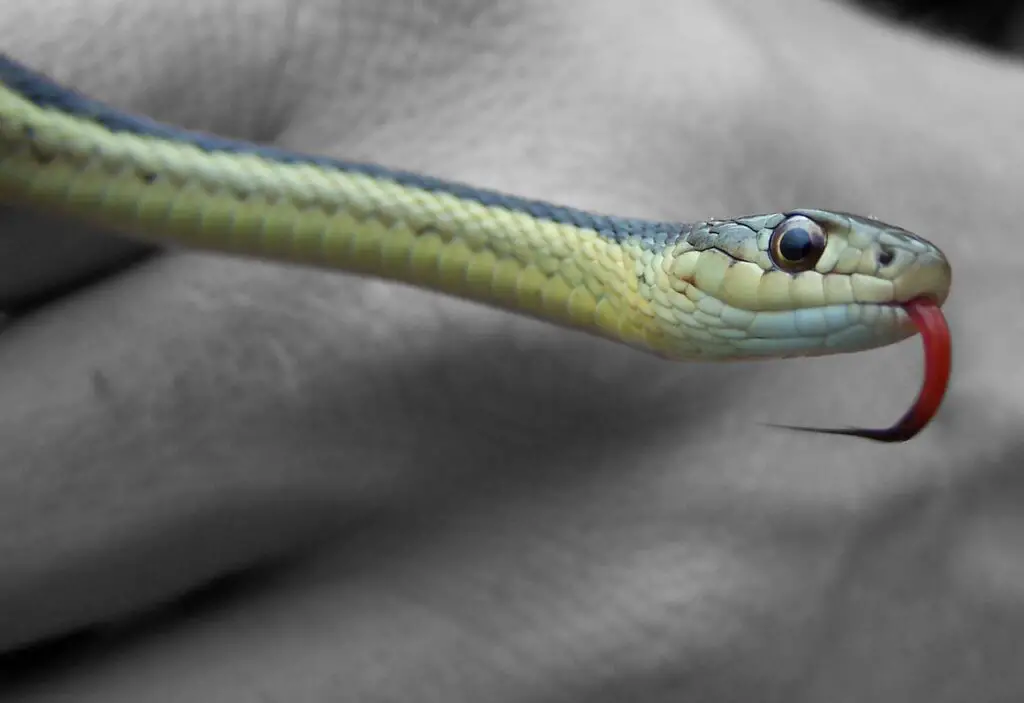Snakes are fascinating creatures, but they can also be dangerous. If you spend time in areas where snakes are common, it’s important to know how to deal with a snake bite. Snake bites can be painful and potentially life-threatening, but with the right knowledge and quick action, you can minimize the harm caused by the bite.
There are over 3,000 species of snakes in the world, and around 600 of them are venomous. Venomous snakes inject venom into their prey or potential predators through their fangs, which can cause a range of symptoms in humans, from mild pain and swelling to more serious complications such as tissue damage, paralysis, and even death.
In the United States, the most common venomous snakes are rattlesnakes, copperheads, and water moccasins (also known as cottonmouths). In other parts of the world, other species such as cobras, vipers, and taipans can pose a threat to humans.
The severity of a snake bite depends on a number of factors, including the type of snake, the amount of venom injected, the location of the bite, and the health and age of the person who is bitten. Children and elderly people are generally more susceptible to the effects of snake venom.
It’s important to remember that not all snake bites are venomous. Some snakes, such as garter snakes, are harmless and won’t inject venom when they bite. However, any snake bite should be taken seriously and treated as a potential medical emergency.
Treatment for snake bites typically involves antivenom, which is a serum made from animal antibodies that neutralize the venom. Antivenom is usually administered intravenously and must be given as soon as possible after the bite to be most effective.
In addition to antivenom, other treatments such as pain medication, intravenous fluids, and wound care may also be necessary.
Here are some steps to follow if you or someone you’re with is bitten by a snake:
- Stay calm and still: Staying calm helps to slow down the heart rate, which can prevent the venom from spreading quickly throughout the body. Additionally, a calm demeanor allows for clearer thinking and better decision-making, such as applying appropriate first aid measures and seeking medical assistance promptly. Panicking can worsen the situation by increasing blood flow and accelerating venom absorption, making it essential to maintain composure for a better chance of recovery.
- Remove jewelry and tight clothing: This will help prevent swelling and make it easier to monitor the area. Start by removing any jewelry and marking the bite site with a pen for reference. If the bite is on a limb, carefully apply a clean, dry compression bandage to cover the entire limb, including the bite area. By applying the bandage, you’re effectively slowing down the movement of lymphatic fluids carrying the venom. This delay can be crucial in gaining time to seek medical assistance. Don’t try to suck out the venom or cut the wound. These are old-fashioned remedies that can actually make the situation worse.
- Seek medical help: Get to a hospital or other medical facility as soon as possible. This is especially important if you experience any symptoms such as difficulty breathing, swelling, or numbness. Don’t wait for symptoms to appear before seeking treatment.
- Don’t clean the wound: It’s vital not to wash the bite site before visiting the hospital after a snake bite because healthcare professionals need to test the venom to determine its type accurately. Washing the area could potentially remove crucial traces of venom that are needed for identification and appropriate treatment. Preserving the bite site as it is allows medical experts to conduct thorough tests, assess the severity of the envenomation, and administer the most effective antivenom.
- Don’t waste time trying to identify a snake: Identifying the specific snake responsible for a bite is not necessary for immediate treatment in the Emergency Room (ER). Healthcare professionals in the ER typically swab the bite site and conduct tests to identify the type of venom present. This information is crucial for administering the correct antivenom promptly, as different snake species produce varying types and amounts of venom. Immediate medical attention is essential to manage venomous snake bites and prevent severe complications, as venom effects can rapidly escalate. Delaying treatment for snake identification can prolong the time before giving appropriate antivenom, potentially worsening symptoms.
- Do not suck out the venom: Contrary to popular belief, sucking out the venom with your mouth is not recommended, as it can introduce bacteria into the wound and cause more harm.
- Keep the affected area immobilized: Try to keep the affected limb or body part as still as possible. This will slow the spread of venom and reduce the risk of complications.
- Stay hydrated: Drink plenty of fluids to stay hydrated. This will help your body flush out the venom more quickly.
- Monitor your symptoms: Keep an eye on your symptoms and report any changes to medical professionals. Depending on the severity of the bite, you may need additional treatments such as antivenom or pain medication.
Identifying a venomous snake
As mentioned identifying a venomous snake can be difficult and it is not necessary, however if you are curious about it, there are some general characteristics that can help you determine whether a snake is venomous or not. Here are some key features to look for:
Head shape: Venomous snakes typically have a triangular or diamond-shaped head, while non-venomous snakes have a more rounded head.
Pupil shape: Venomous snakes typically have slit-shaped pupils, while non-venomous snakes have round pupils.
Fangs: Venomous snakes have long, hollow fangs that are used to inject venom into their prey or predators. These fangs are typically located at the front of the snake’s mouth, while non-venomous snakes have small teeth that are used to grip and swallow their prey.
Body shape: Venomous snakes tend to have a thicker body and a shorter tail than non-venomous snakes. They may also have a more brightly colored or patterned body, although this is not always the case.
Behavior: Venomous snakes may exhibit defensive behavior, such as hissing, striking, or rattling their tails, when they feel threatened. Non-venomous snakes are usually more docile and may try to escape or hide when confronted.
It’s important to note that not all venomous snakes have all of these characteristics, and some non-venomous snakes may have similar features. If you live in an area where venomous snakes are common, it’s a good idea to familiarize yourself with the different species that are present in your region.
This can help you avoid potential encounters with venomous snakes and respond appropriately if you or someone you know is bitten. In addition to visual identification, you can also use other clues to determine whether a snake is venomous.
For example, venomous snakes may leave distinctive bite marks, and their venom may cause specific symptoms such as pain, swelling, and discoloration at the site of the bite.
Preventing snake bites
Of course, the best way to deal with a snake bite is to avoid getting bitten in the first place.
Here are some tips for preventing snake bites:
- Wear appropriate clothing: When hiking or spending time outdoors, wear long pants and boots that cover your ankles. This will provide some protection against snake bites.
- Stay alert: Keep an eye out for snakes and be especially careful when stepping over logs or rocks.
- Avoid handling snakes: Even if you think a snake is harmless, don’t try to pick it up or handle it.
- Keep your campsite clean: Snakes are attracted to food and trash, so keep your campsite clean and free of debris.
- Use caution around water: Snakes are often found near water sources, so be extra cautious when swimming or fishing.
- Educate yourself: Learn about the types of snakes that are present in your area, their habits and behavior, and how to identify them. This can help you avoid potential encounters and respond appropriately if you are bitten.
Dealing with a snake bite can be a scary experience, but by staying calm, seeking medical attention quickly, and following the steps outlined above, you can minimize the harm caused by the bite. Remember that prevention is key, so take steps to avoid getting bitten in the first place. With a little knowledge and caution, you can safely enjoy the great outdoors without fear of snake bites.

Erzsebet Frey (Eli Frey) is an ecologist and online entrepreneur with a Master of Science in Ecology from the University of Belgrade. Originally from Serbia, she has lived in Sri Lanka since 2017. Eli has worked internationally in countries like Oman, Brazil, Germany, and Sri Lanka. In 2018, she expanded into SEO and blogging, completing courses from UC Davis and Edinburgh. Eli has founded multiple websites focused on biology, ecology, environmental science, sustainable and simple living, and outdoor activities. She enjoys creating nature and simple living videos on YouTube and participates in speleology, diving, and hiking.

